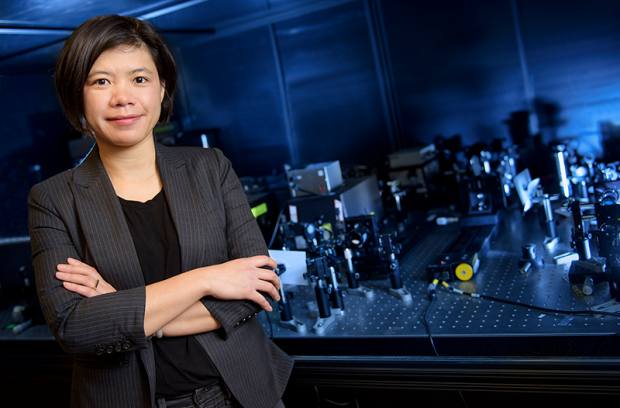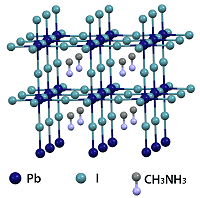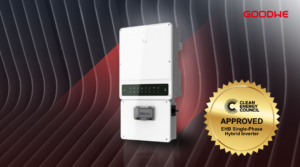U.S. researchers have successfully demonstrated a novel hybrid solar material capable of generating more than twice the amount of energy from sunlight than conventional silicon cells.
The new crystalline material shares characteristics with silicon, but is instead made using perovskite as a semiconductor. Testing has shown it exceeds the so-called Shockley-Queisser Limit – the theoretical solar conversion efficiency of standard silicon solar cells, set at 33.7 percent by William Shockley and Hans Queisser in 1961.
According to Libai Huang, lead researcher and assistant professor of chemistry at Purdue University, the hybrid perovskite material can capture two-thirds of the energy from light without wasting as much as heat as silicon, leading to better overall solar efficiency. This can also be achieved without a hefty cost increase.
The major factor governing electrical conductivity of solid materials is known as the band gap. The band gap the amount of energy needed to force an electron from a bound state to one in which electrons can flow, creating electricity.
When photons are absorbed by a solar cell, they transform electrons into conductive states known as “hot carriers”. In silicon solar devices, these “hot carriers” are extremely short-lived, surviving just one-picosecond (1/1,000,000,000,000 of a second) and traveling a maximum distance of 10 nanometres before losing their energy as heat.

Professor Huang said this was the main reason silicon solar cells could only reach one-third efficiencies.
“The distance hot carriers need to migrate is at least the thickness of a solar cell, or about 200 nanometres, which this new perovskite material can achieve,” Huang said. “Also, these carriers can live for about 100 picoseconds, two orders of magnitude longer than silicon.”
Huang’s team, in collaboration with researchers from the National Renewable Energy Laboratory (NREL), describe in the journal Science their method of using fast lasers and microscopes to track the speed and range of motion of hot carriers through the hybrid solar material.
She believes that with further testing, the hybrid perovskite could help lead to a new class of cheap, flexible and highly efficient solar cell.
“This study demonstrated that hot carriers in a standard polycrystalline perovskite thin film can travel for a distance that is similar to or longer than the film thickness required to build an efficient perovskite solar cell,” said Kai Zhu, senior scientist at the National Renewable Energy Laboratory in Golden, Colorado, and one of the journal paper’s co-authors.
“This indicates that the potential for developing hot carrier perovskite solar cell is good.”
Perovskite, a calcium titanium oxide mineral, has been increasingly popping up in headlines related to new solar cell technology over the past year. Last week, we reported Australian National University research set a new efficiency record for semi-transparent perovskite solar cells.












































